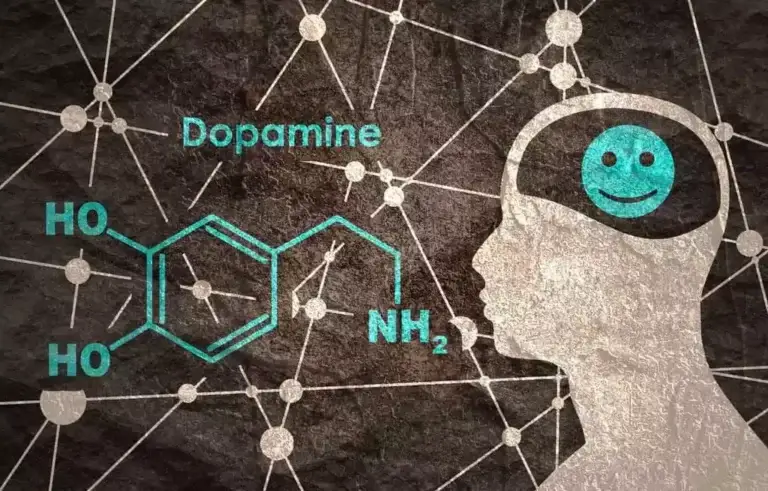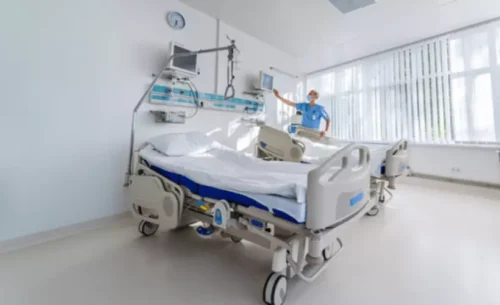Alcohol Withdrawal Syndrome: Outpatient Management

These experiences were recorded 5 to 13 years after stopping antidepressants. Topiramate is an anticonvulsant with several mechanisms of action. In particular, topiramate produces an increase in GABAA receptor-mediated inhibitory activity and antagonizes AMPA and kainate glutamate receptors with a consequent reduction in DA release in the nucleus accumbens. It is able to modulate ionotropic channels, inhibiting L-type calcium channels, limiting the activity of voltage-dependent sodium channels and facilitating potassium conductance.
Signs and symptoms

If you drink alcohol heavily for weeks, months, or years, you may have both mental and physical problems when you stop or seriously cut back on how much you drink. Alcohol withdrawal is a potentially serious complication of alcohol use disorder. It’s important to get medical help even if you have mild symptoms of withdrawal, as it’s difficult to predict in the beginning how much worse the symptoms could get.
Stage 3: 24 to 48 hours after last drink
Patients suffering from mild to moderate AWS can be managed as outpatients while more severe forms should be monitored and treated in an inpatient setting. The availability of an Alcohol Addiction Unit is of help in the clinical evaluation, management, and treatment of AWS patients, with a reduction in hospitalization costs. Patients can be managed principally as outpatients and transferred to the inpatient unit only when the clinical situation requires [45]. Moreover, it should be underlined that severe medical illnesses (i.e. pneumonia, coronary heart disease, alcohol liver disease and anaemia) have been reported to precipitate AWS and to increase the risk of severe AWS [33, 43].

Support groups and other resources
AWS is often accompanied by intense cravings to drink and may affect your emotional, cognitive, and physical well-being. Alcohol has what doctors call a depressive effect on your system. It slows down brain function and changes the way your nerves send messages back and forth. Many involve a combination of group psychotherapy alcohol withdrawal syndrome symptoms (talk therapy) and medications. It’s important to be honest about your alcohol use — and any other substance use — so your provider can give you the best care. If you don’t already have a supportive network, you can make new connections by joining social media communities dedicated to alcohol-free living.
What is the timeline for alcohol withdrawal symptoms?

Symptoms of alcohol withdrawal can occur after a person suddenly stops drinking or suddenly strongly reduces drinking after prolonged and heavy exposure to alcohol. People who experience alcohol withdrawal often live with a chronic alcohol use disorder, which is sometimes referred to as alcohol abuse or dependency. This is sometimes referred to as protracted or post-acute alcohol withdrawal (PAW), though it’s not recognized in DSM-5. It’s estimated that about 75% of people following acute alcohol withdrawal experience prolonged symptoms. Alcohol withdrawal syndrome (AWS can cause a range of symptoms, from mild anxiety and fatigue to severe hallucinations and seizures. In extreme cases, it can be life threatening. Treatment options for alcohol withdrawal syndrome typically involve supportive care to ease the effect of the symptoms.
A hangover occurs when a person drinks too much alcohol at one time. Alcohol withdrawal syndrome occurs when a person with alcohol use disorder stops or suddenly decreases their alcohol intake. While some of the symptoms of alcohol withdrawal syndrome are similar to a hangover, they are not the same condition. Alcohol withdrawal syndrome https://ecosoberhouse.com/ and a hangover have different causes. People with alcohol withdrawal syndrome can have a wide variety of symptoms, depending on how much alcohol they drank, their body type, sex, age, and any underlying medical conditions. The production of these neurotransmitters is affected when a person stops or significantly reduces alcohol intake.
- In the United States, most states have low-cost or free rehabilitation programs for those who are uninsured.
- Now, try to keep in mind that even though withdrawal symptoms may be unpleasant, they’re temporary, and treatment is available during this time.
- However, in about every fifth person with alcohol withdrawal, symptoms are more severe and may include hallucinosis, seizures, or even delirium.
- Toxicology screening is typically done with a blood or urine sample, and can also indicate if any other substances are in your body.
- They should also make sure you attend your counseling appointments and visit the doctor regularly for any routine blood tests that may be ordered.
What is acute alcohol withdrawal syndrome?

During an exam, they’ll look for other medical conditions to see if they could be to blame. When the alcohol level suddenly drops, your brain stays in this keyed up state. Over time, your central nervous system adjusts to having alcohol around all the time. Your body works hard to keep your brain in a more awake state and to keep your nerves talking to one another. You may also receive other medications or treatments for related health issues, like IV fluids for dehydration and electrolyte imbalances or antinausea medicines if you experience vomiting.
Given SMO’s alcohol-mimicking effects on CNS [84], this drug was tested in preclinical and clinical setting for the treatment of AWS [85]. The efficacy of repeated doses of SMO (50 mg/kg/day in three divided doses) has been shown in comparative studies versus benzodiazepines [86, 87] and versus clomethiazole [88]. In almost all studies of SMO in patients with AWS in different clinical setting, the primary efficacy endpoint was the decrease of the CIWA-Ar score and/or CIWA-Ar subscores [36]. A meta-analysis performed in 2010 by The Cochrane Collaboration showed that SMO (50 mg/kg/day) is more effective than placebo in reducing AWS symptoms score, with an efficacy equivalent to benzodiazepines and clomethiazole.
More on Substance Abuse and Addiction




